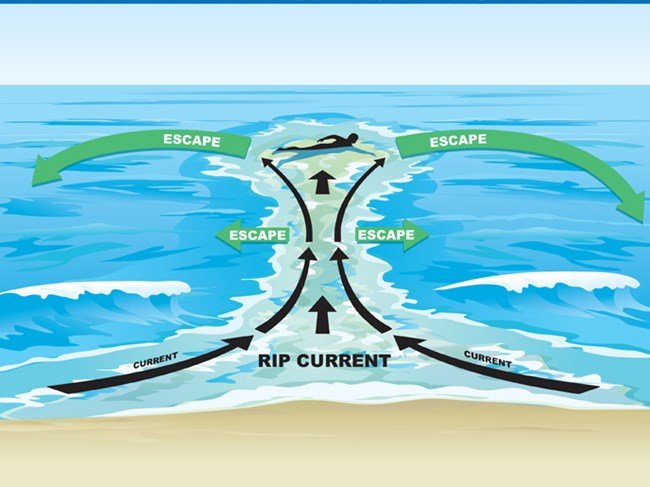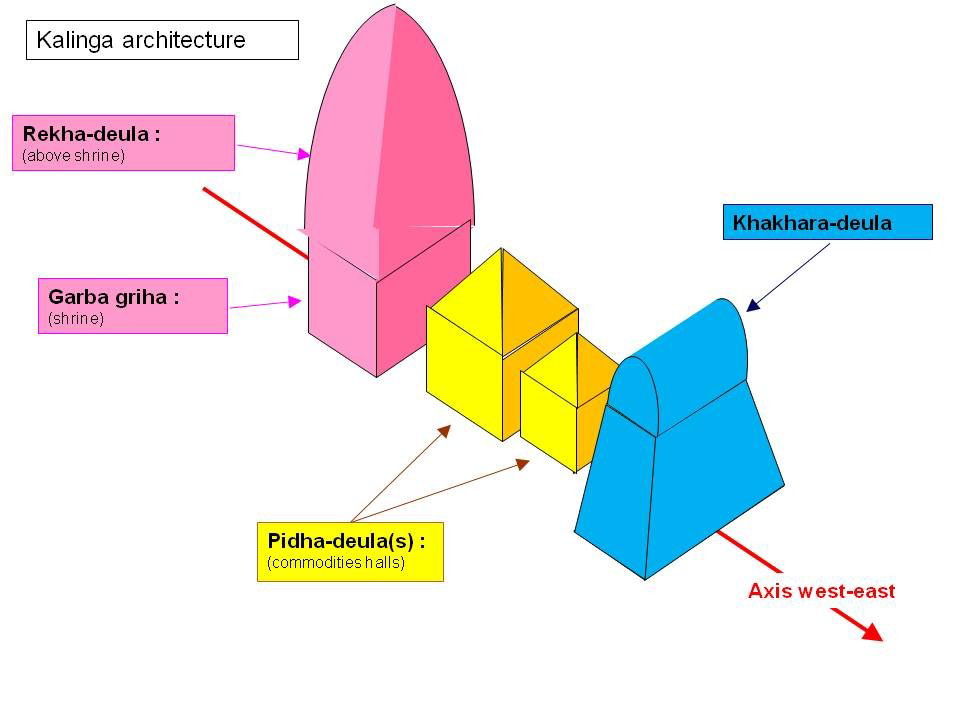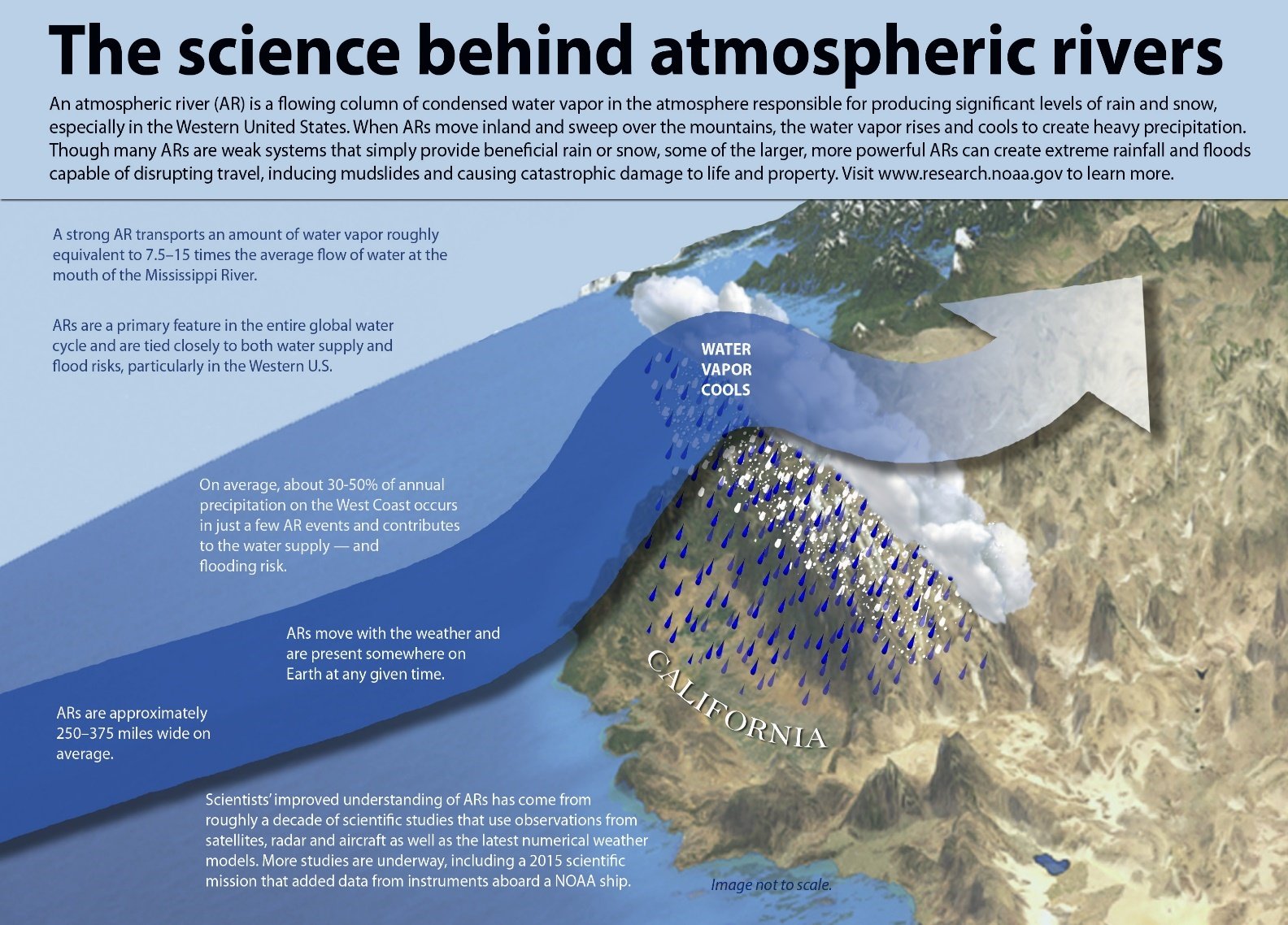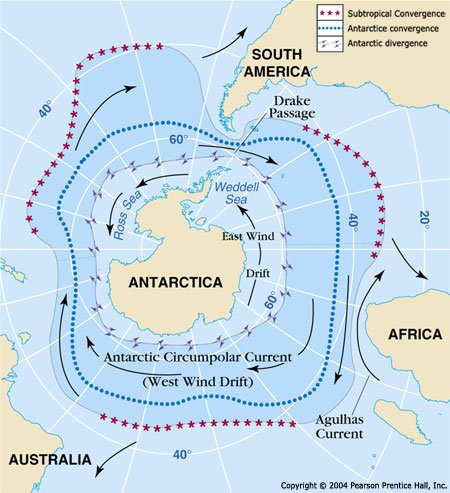
Salton Sea | Lithium
Subscribers of "Current Affairs" course can Download Daily Current Affairs in PDF/DOC
Subscribe to Never Miss an Important Update! Assured Discounts on New Products!
Must Join PMF IAS Telegram Channel & PMF IAS History Telegram Channel
- Context (LM): Scientists have discovered a massive lithium deposit beneath California’s Salton Sea, holding an estimated 18 million tons of lithium.
Salton Sea
- The Salton Sea is a shallow, saline lake located in the California desert.
- The Sea was created in 1905 when water from the Colorado River spilled out of a poorly constructed California Development Company irrigation system and into a basin in the desert.
- The lake then expanded in size for several years until workers were able to put a stop to the flow.
- The lake lies on the San Andreas Fault within the Salton Trough, which stretches to the Gulf of California in Mexico.
- The lake is bordered on the south by the rich agricultural areas of the Imperial Valley, on the west, by Anza-Borrego Desert State Park, and on the north by the Coachella Valley.
- It is an endorheic lake, meaning that its waters have no outlet to the ocean.
- It has been maintained by irrigation runoff coming from the Imperial and Coachella valleys and nearby rivers ever since its formation.
- It is currently 228 feet below sea level.
- Its salinity (some 45 parts per thousand) far exceeds that of seawater.
- The Sea is an important stopping point for migratory waterfowl and serves as a critical habitat for birds moving south to Mexico and Central America.
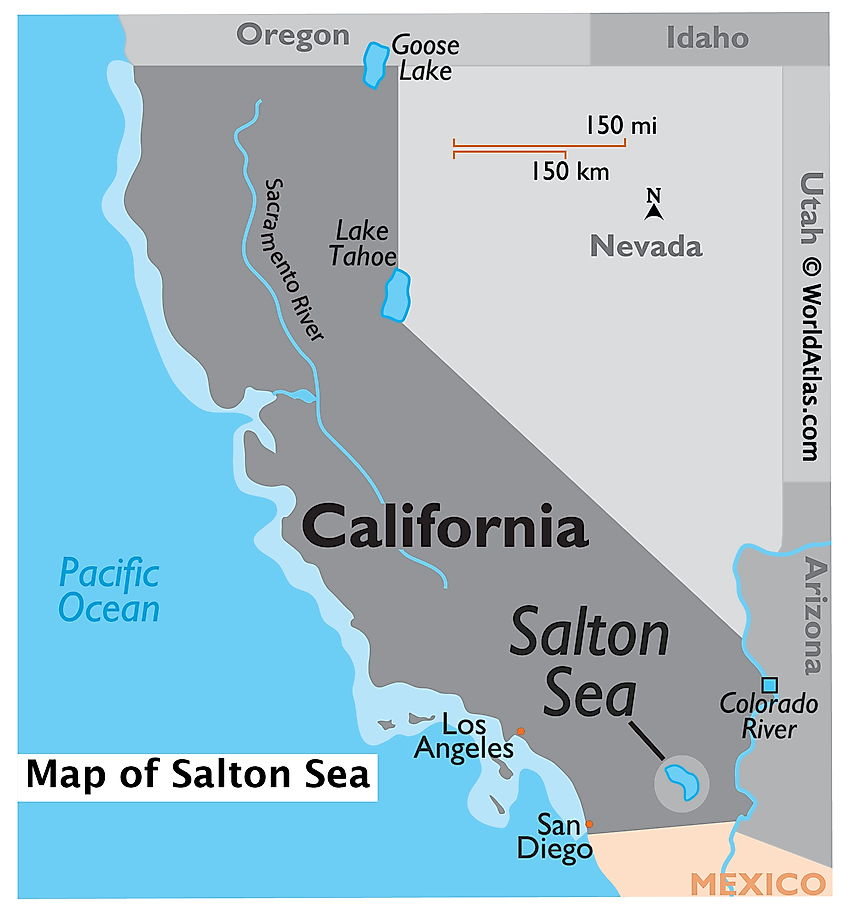
Lithium
- Lithium is a non-ferrous, soft, silvery-white alkali metal. It is also called ‘white gold’ due to its high demand for rechargeable batteries.
- Under standard conditions, it is the least dense metal and the least dense solid element.
- Like all alkali metals, lithium is highly reactive and flammable, so it must be stored in a vacuum, inert atmosphere, or inert liquid (such as purified kerosene or mineral oil).
- It exhibits a metallic lustre. But it corrodes quickly in the air to a dull silvery grey, then black tarnish.
- It never occurs freely in nature but occurs mainly as pegmatitic minerals.
- Due to its solubility as an ion, it is present in ocean water and commonly obtained from brines (high-concentration salt solution in water).
- Lithium metal is isolated electrolytically from a mixture of lithium chloride and potassium chloride.
|





![PMF IAS Environment for UPSC 2022-23 [paperback] PMF IAS [Nov 30, 2021]…](https://pmfias.b-cdn.net/wp-content/uploads/2024/04/pmfiasenvironmentforupsc2022-23paperbackpmfiasnov302021.jpg)
